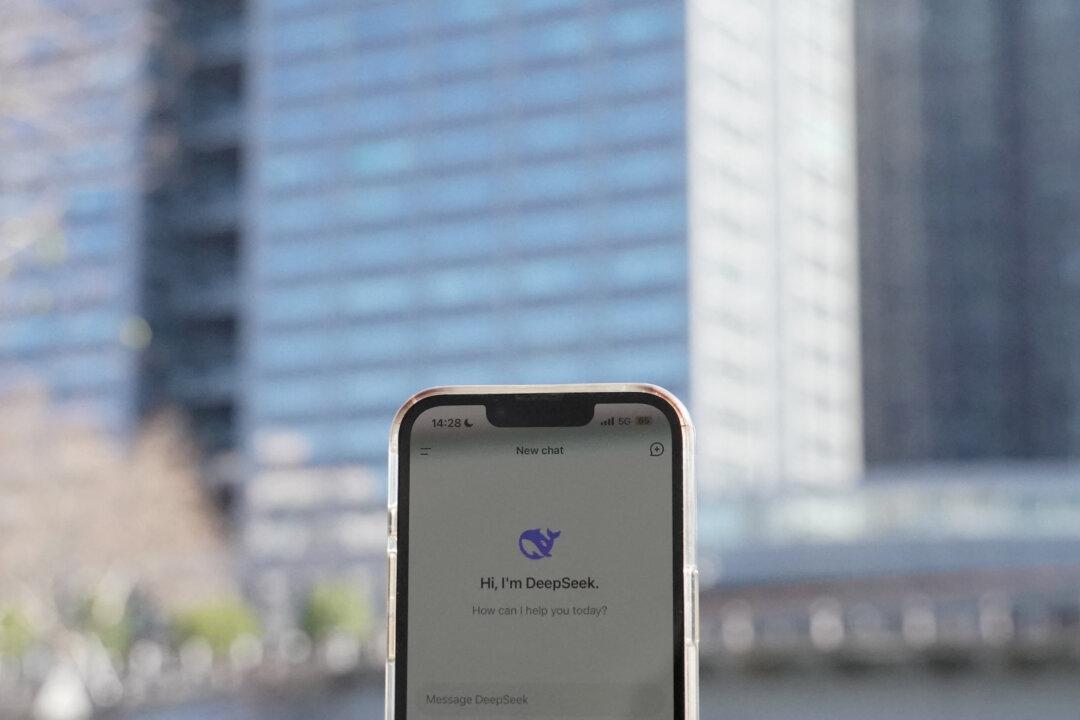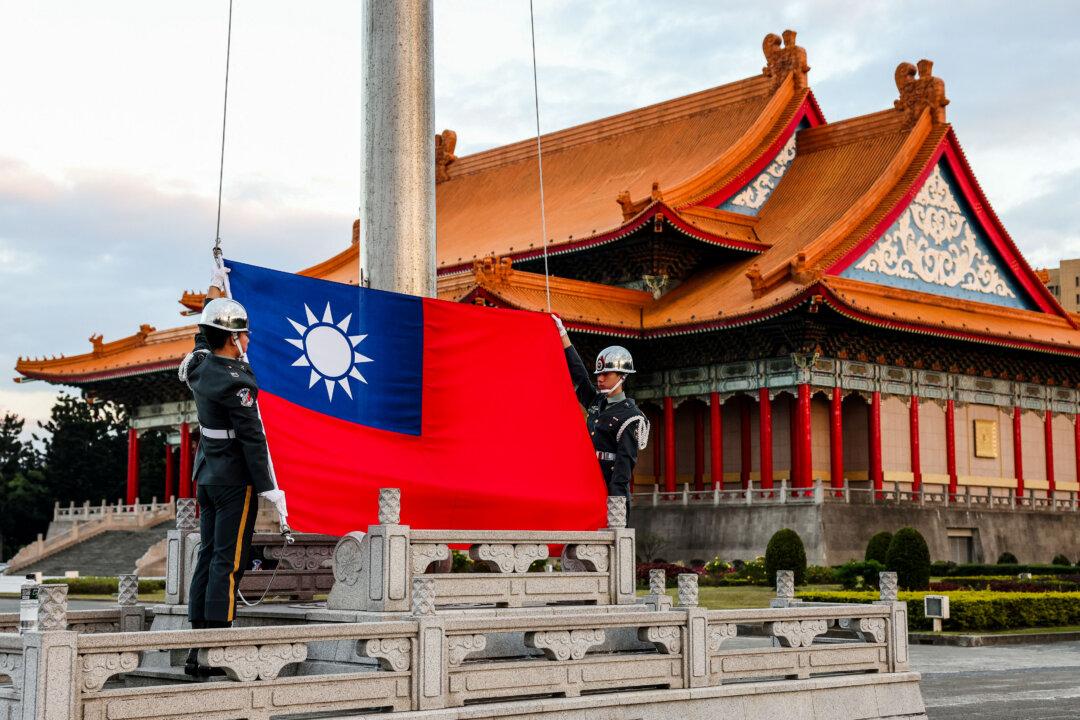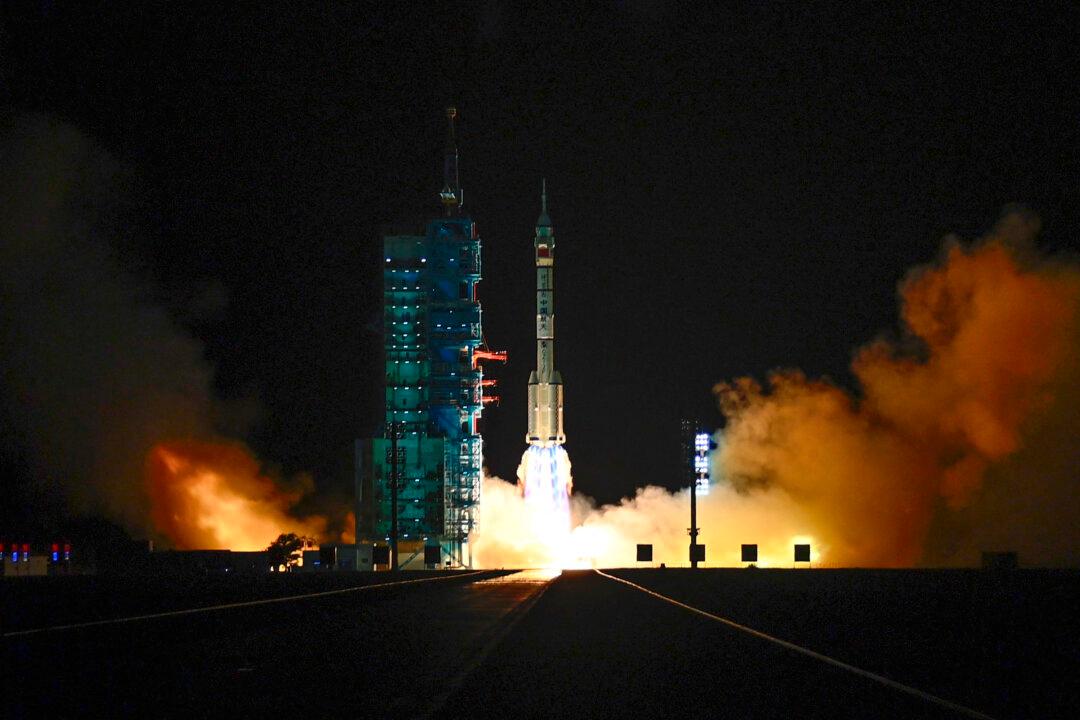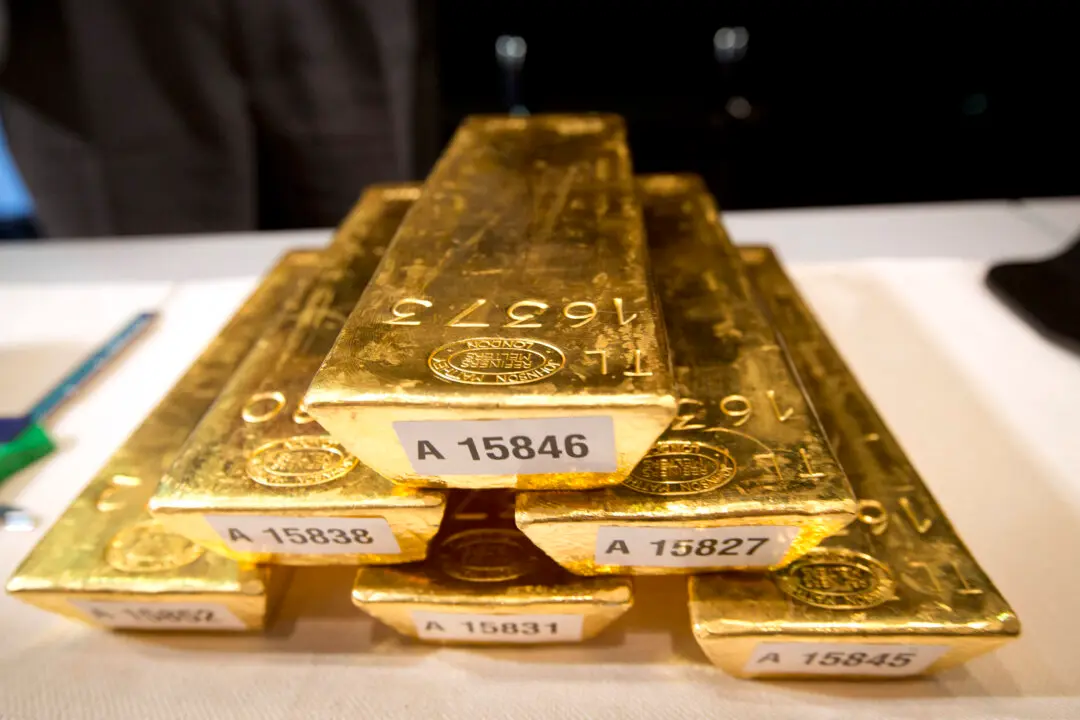A story on the disputed Senkaku Islands has been trending on Japan’s Kyodo News since the first day of 2024. According to the report, the Chinese Communist Party (CCP) instructed the China Coast Guard at the end of November last year that it would not surrender an inch over the Senkaku Islands issue.
The Senkaku Islands—also referred to as “Diaoyu Islands” by China—are located in the East China Sea and are currently a part of Japan.





